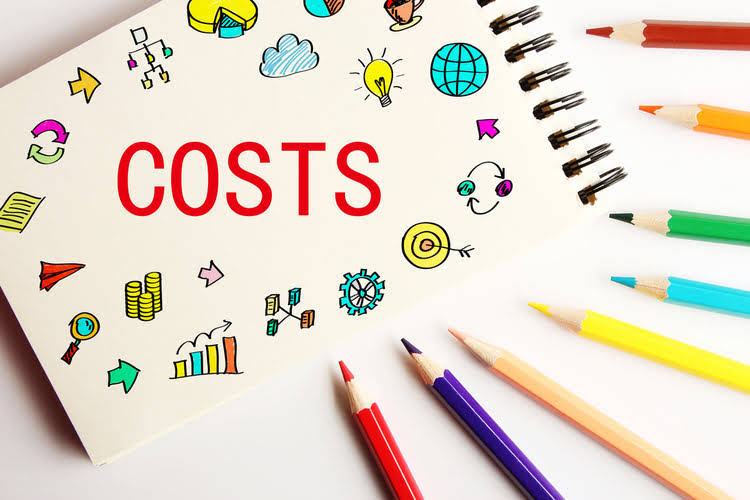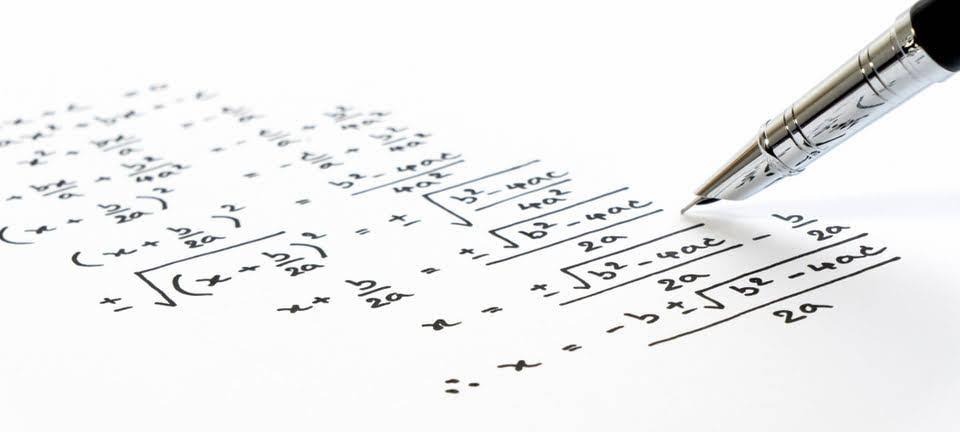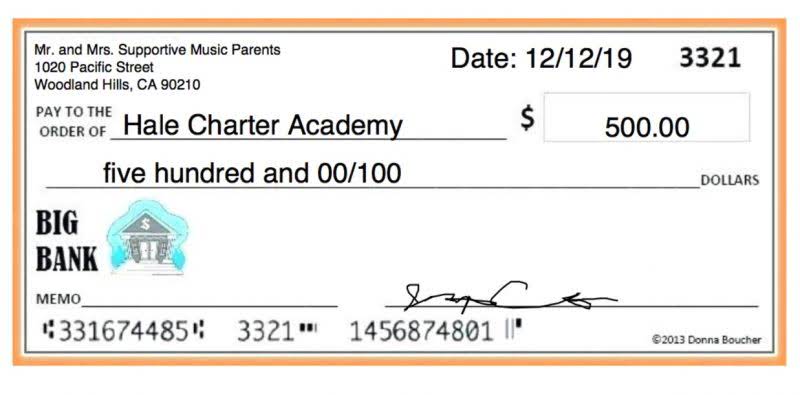
They are always composed of variable costs, which are the costs that fluctuate with production volume. Alternatively, the company might use incremental cost figures to decide between making the additional units or contracting out the work to another firm and simply purchasing the required units. Ultimately, a thorough understanding of incremental cost empowers businesses to make well-informed decisions that can positively impact their bottom line. Learn about the definition and calculation of incremental costs in finance, along with examples, to better understand their significance in financial analysis. It provides valuable insight into decisions like whether producing additional units is profitable or should be stopped. Incremental costs are relevant in making short-term decisions or choosing between two alternatives, such as whether to accept a special order.
Variable Cost
Understanding incremental costs is crucial for businesses as they navigate the complexities of financial decision-making. Incremental costs, also known as differential or marginal costs, are the additional costs incurred when a business decides to increase production or activity levels. These costs are not fixed and can vary depending on the volume of additional activity.
- For example, if the selling price of an additional unit exceeds its incremental cost, then producing and selling that unit would result in a profit.
- For example, if a factory reaches capacity, renting additional space or purchasing new machinery may be necessary.
- While average costs provide valuable insights into overall production efficiency, they don’t help businesses in making short-term decisions or determining the profitability of individual products.
- Incremental costs are a vital component of financial analysis and strategic planning.
- While the calculation itself is straightforward, the key is identifying the right base and incremental volumes to analyze.
Incremental Cost vs. Incremental Revenue

By understanding these relationships, businesses can make informed decisions about production levels and pricing strategies. Incremental cost analysis is an essential tool for understanding the true economic impact of producing a single additional unit. It highlights the variable expenses involved in the production process, such as raw materials, labor, utilities, and shipping, that change with each new unit produced.
- The negative $25,000 incremental cost signals that outsourcing would reduce production costs by $25,000 for this volume.
- It refers to the additional cost incurred when producing extra units of a product or service.
- Understand material handling equipment, its various types, and its benefits….
- Certain costs will be incurred whether there is an increase in production or not, which are not computed when determining incremental cost, and they include fixed costs.
- Incremental cost analysis plays a vital role in helping businesses make informed decisions related to production, pricing, and profitability.
- To highlight an idea with an example, consider a software development company that develops a new feature for its product.
Q1. How to calculate incremental manufacturing cost?
In other words, incremental costs are solely dependent on production volume. Conversely, fixed costs, such as rent and overhead, are omitted from incremental cost analysis because these costs typically don’t change with production volumes. Also, fixed costs can be difficult to attribute to any one business segment. Operations managers focus on incremental costs to optimize production processes. They seek to minimize waste and reduce variable costs, which can lead to economies of scale. An example of this is a manufacturer investing in automated machinery, which may have high initial costs but reduces the incremental cost of production over time, leading to lower average costs and higher margins.

Understanding Incremental Cost
- As they begin producing 12,000 widgets per month, the total cost of production now amounts to $330,000 or a cost of $27.50 per unit ($330,000 / $12,000).
- When making short-term or long-term decisions, like accepting a special order, costs are important.
- Incremental cost is important because it affects product pricing decisions.
- All of the costs of production are not included to calculate incremental cost.
- The moment one extra unit produced does not generate the required return, the business needs to modify its production process.
- Alternatively, once incremental costs exceed incremental revenue for a unit, the company takes a loss for each item produced.
Remember, the key is not just to manage costs but to understand their behavior and impact on the business as a whole. By understanding and calculating incremental costs, businesses can make strategic decisions that enhance their operational efficiency and incremental cost profitability. It’s a tool that, when used effectively, can provide a competitive edge in the market. It provides guidance regarding decision-making for the management in terms of pricing, allocation of resources, planning or production quantity, sales target, profit target, etc.
Incremental Cost: Definition, How to Calculate, and Examples
When a business operates near full capacity, incremental cost analysis becomes more complex due to production constraints. Increasing output often requires acquiring additional equipment, modifying supply chain logistics, or restructuring workflows. These changes can introduce cost increases that are not proportional to output due to inefficiencies or bottlenecks. It is closely related to incremental cost but focuses on a per-unit basis rather than the total additional cost of a decision. Marginal cost is calculated by dividing the change in total cost by the change in quantity produced. The incremental costs are used to calculate the point at which a company can maximize its profits or when margin costs equal marginal revenue.
Step 2: Determine the Total Cost at Base Volume
Understanding this relationship is essential for sustaining competitive advantage and achieving long-term success. Incremental cost refers to the additional expenses required to produce one more unit or segment Bookkeeping for Veterinarians of a product. It’s essential for businesses because it helps determine the profitability of each production level and maximize profitability by identifying the point at which marginal revenue equals marginal costs.

A Step-by-Step Guide to Calculating Incremental Costs
By understanding incremental costs, businesses can make data-driven decisions, maximize production efficiency, and increase profitability, ultimately remaining competitive within their industries. To optimize production, companies can achieve economies of scale by analyzing production volumes and incremental costs. When production increases, the cost is spread over a greater number of products. contra asset account Fixed costs do not change much when incremental costs are included, so the cost of equipment does not fluctuate as production increases. Calculating this cost involves analyzing additional costs involved in production, such as raw material, for an additional unit of production. Understanding incremental costs helps companies increase production efficiency and profitability.
Example Calculation
These include rent, depreciation, insurance, or salaries for non-production employees. Since constant costs remain the same at various levels of output, they have no impact on incremental costs. While the calculation itself is straightforward, the key is identifying the right base and incremental volumes to analyze.